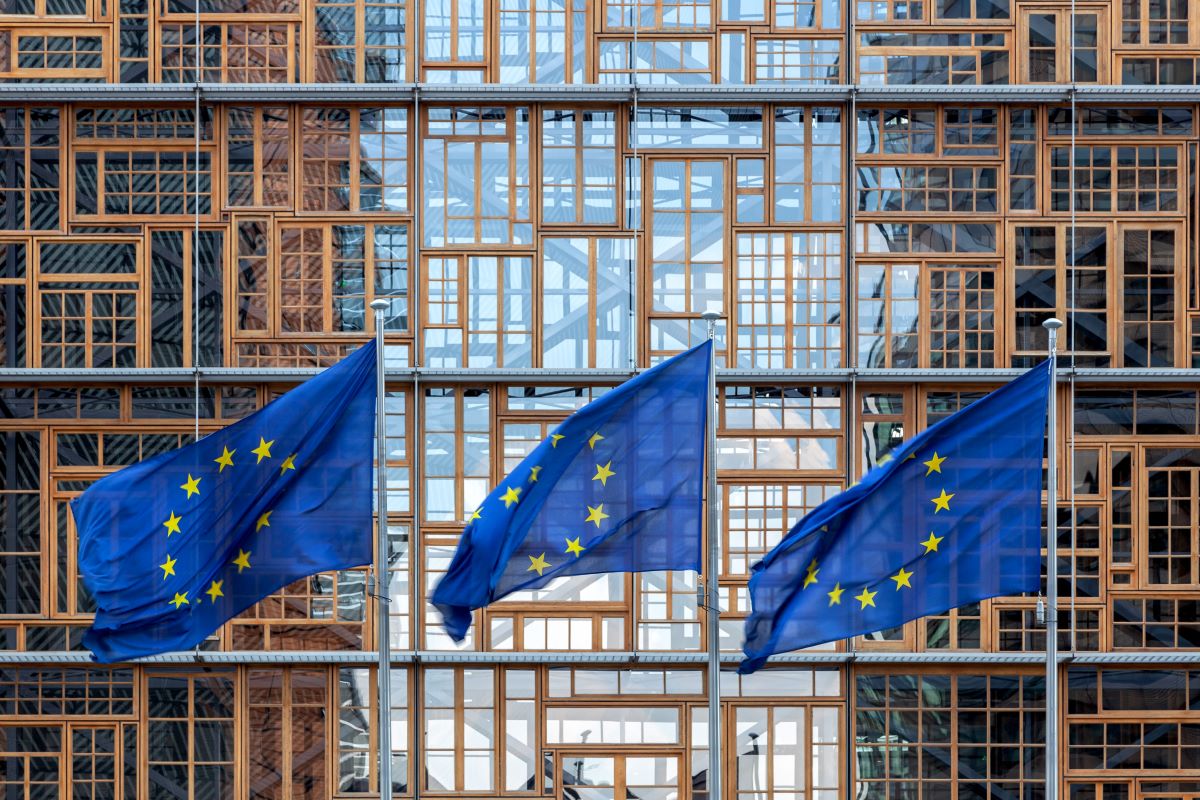Since Brexit, the EU has been grappling with multiple crises and internal conflicts. Can the bloc hold itself together in these turbulent times?
1. Leadership Deadlock

The EU struggles with leadership battles, preventing consensus on essential reforms. This gridlock undermines efforts to present a united front on global issues.
2. Economic Stagnation

Decades of low productivity and resistance to innovation have sapped the EU’s economic vitality. These issues leave the union lagging behind global competitors.
3. Soaring State Aid
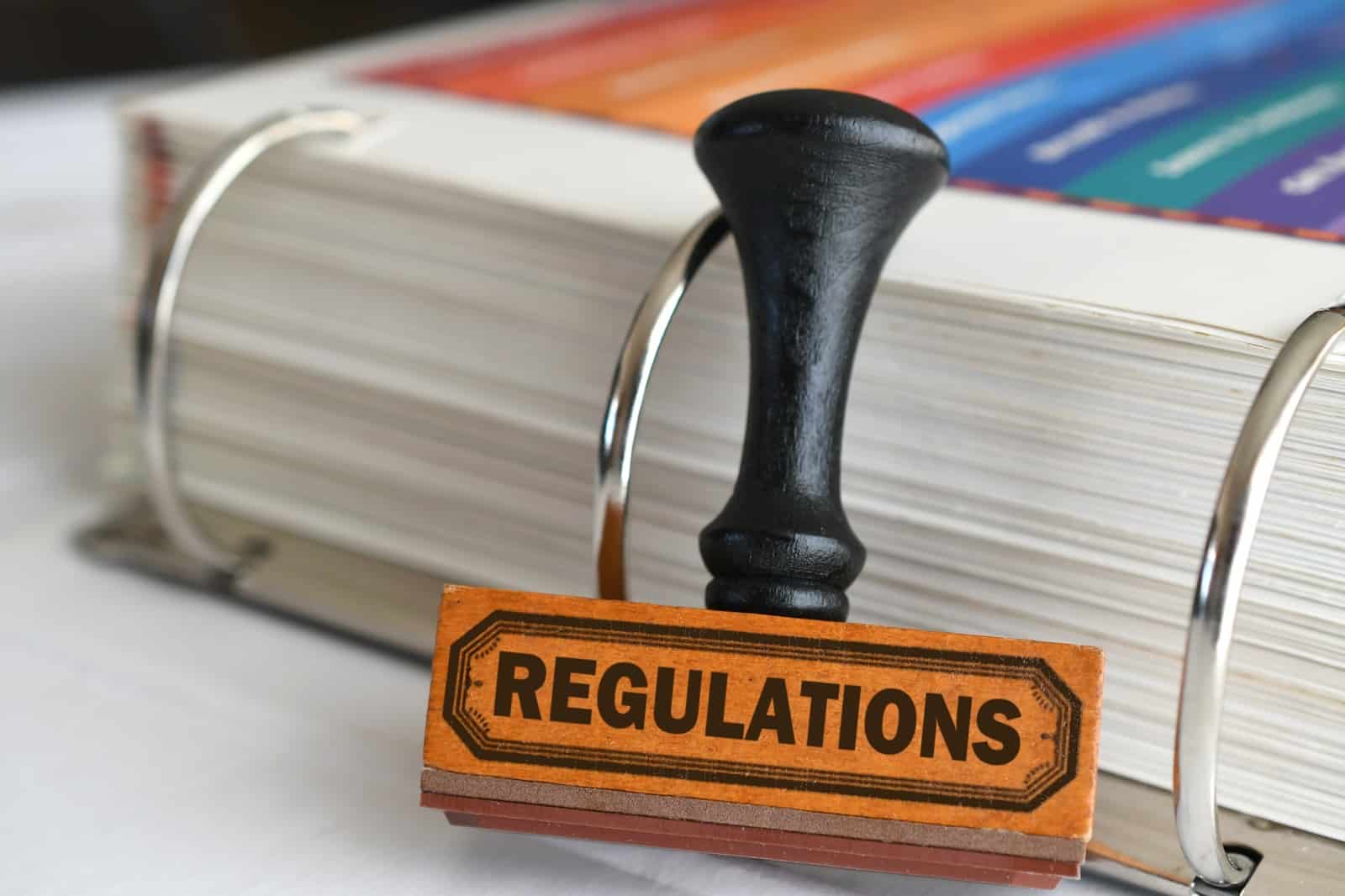
Germany’s increased state subsidies violate EU market rules, creating imbalances within the bloc. This undermines the principles of fair competition that the EU was built on.
4. Populist Pressures

Far-right and nationalist parties are gaining traction across Europe. This rise reflects a growing public disillusionment with the EU’s policies and governance.
5. Democratic Backsliding

Hungary and Poland continue to defy EU democratic norms. Despite the pressure, the EU has been ineffective in addressing these breaches, weakening its credibility.
6. Civil Liberties at Risk
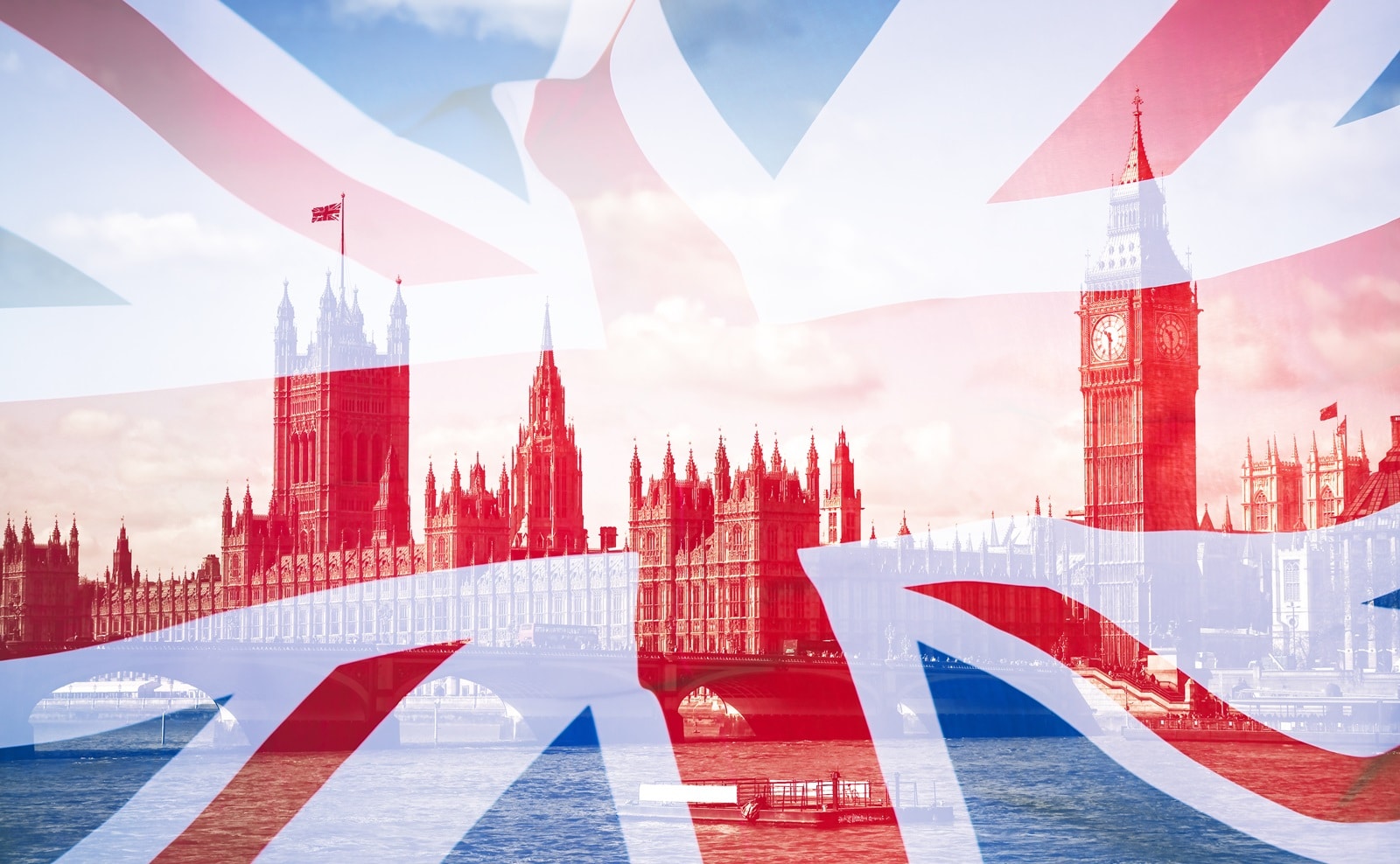
EU governments are imposing restrictions that undermine civil society and democratic freedoms. The EU’s response to these actions has been inadequate, raising concerns about its commitment to human rights.
7. Migration Mismanagement

The EU’s lack of a cohesive migration policy exacerbates internal divisions. This failure to manage migration effectively fuels further discord within the bloc.
8. Inadequate Social Protection

High poverty rates affect over 95 million EU citizens, reflecting gaps in social policies. The EU’s efforts to address these issues have been insufficient, leaving many vulnerable.
9. Unresolved Digital Divide

Disparities in digital skills across member states hinder the EU’s digital transformation. This digital divide affects economic growth and competitiveness.
10. Environmental Policy Shortcomings
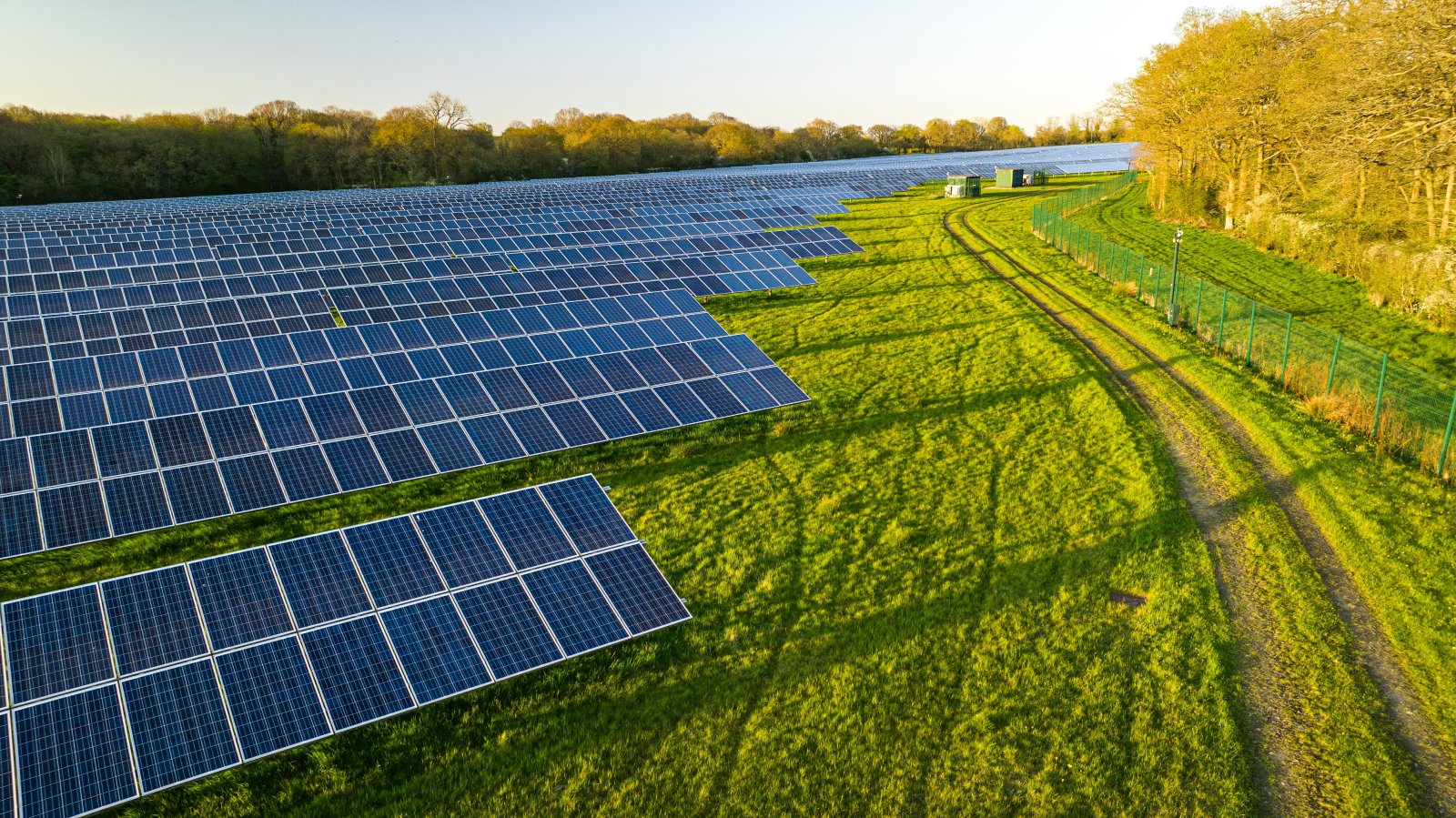
The EU’s ambitious climate goals often fall short in practice. Dependence on imported raw materials for green technologies exposes vulnerabilities.
11. Financial Reforms Stalled

Efforts to overhaul economic governance are slow, with member states reluctant to cede control. This resistance hampers the EU’s ability to prepare for future economic challenges.
12. Inconsistent Foreign Policy
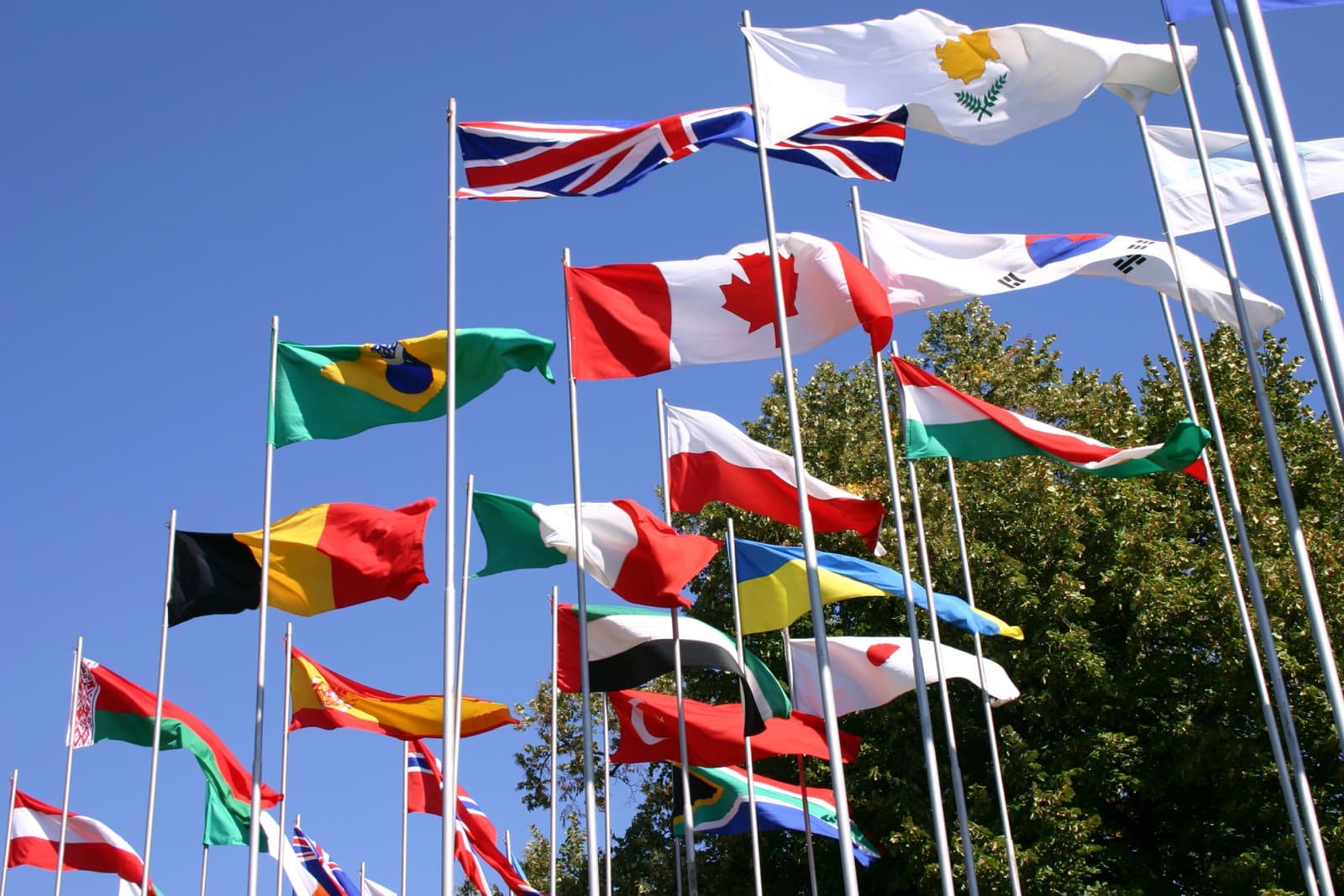
The EU’s response to international crises is often fragmented and ineffective. This inconsistency undermines its role as a global player.
13. Erosion of Public Trust
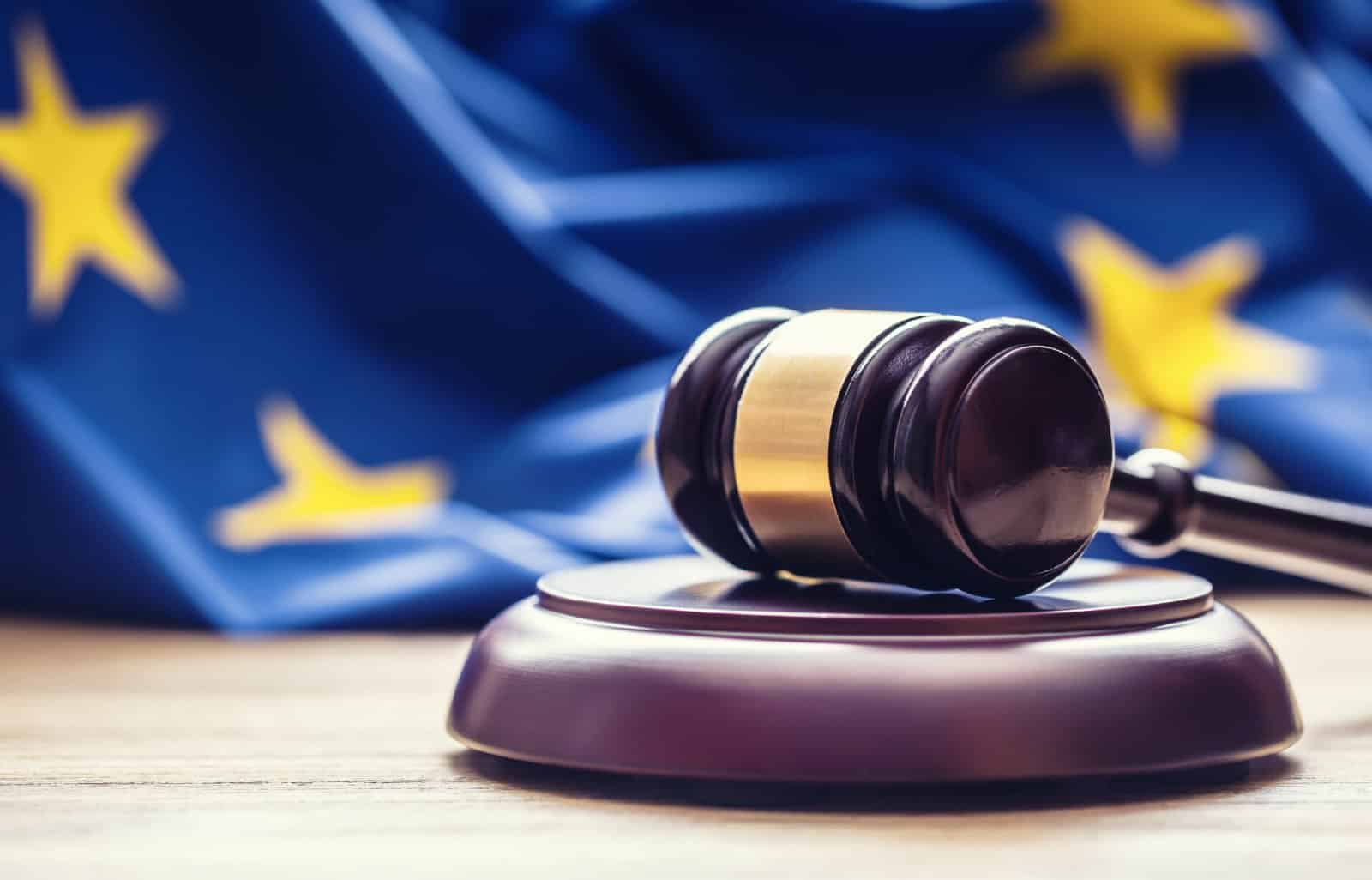
Public trust in EU institutions continues to decline. This loss of confidence threatens the union’s stability and future integration efforts.
14. Trade Tensions

Disputes over trade policies create friction within the EU and with external partners, complicating efforts to maintain a unified economic strategy.
15. Brexit Blowback
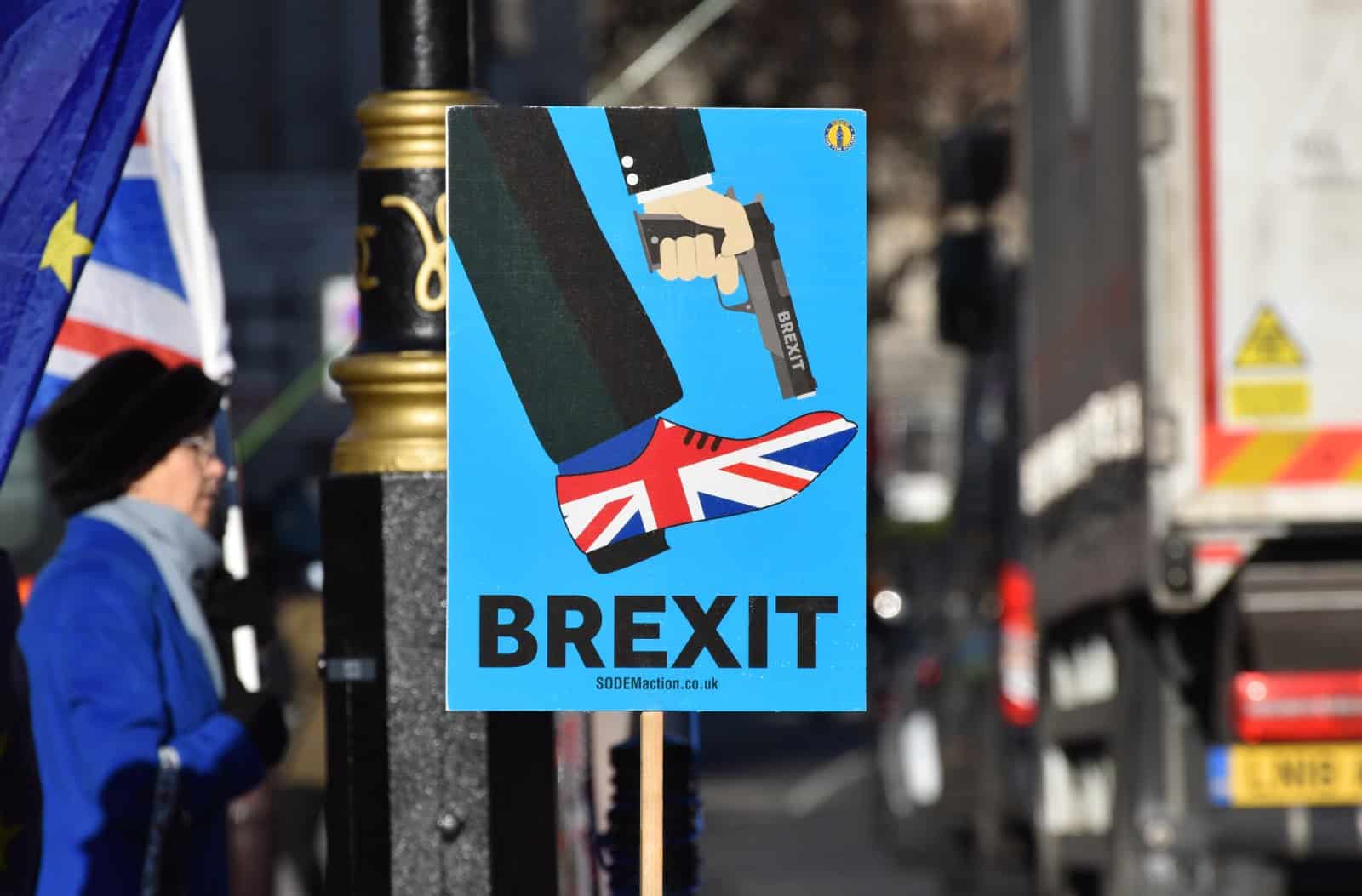
The UK’s departure has left the EU without one of its major economic and diplomatic players, which has had significant impacts on market dynamics and security policies.
16. Rising Nationalism
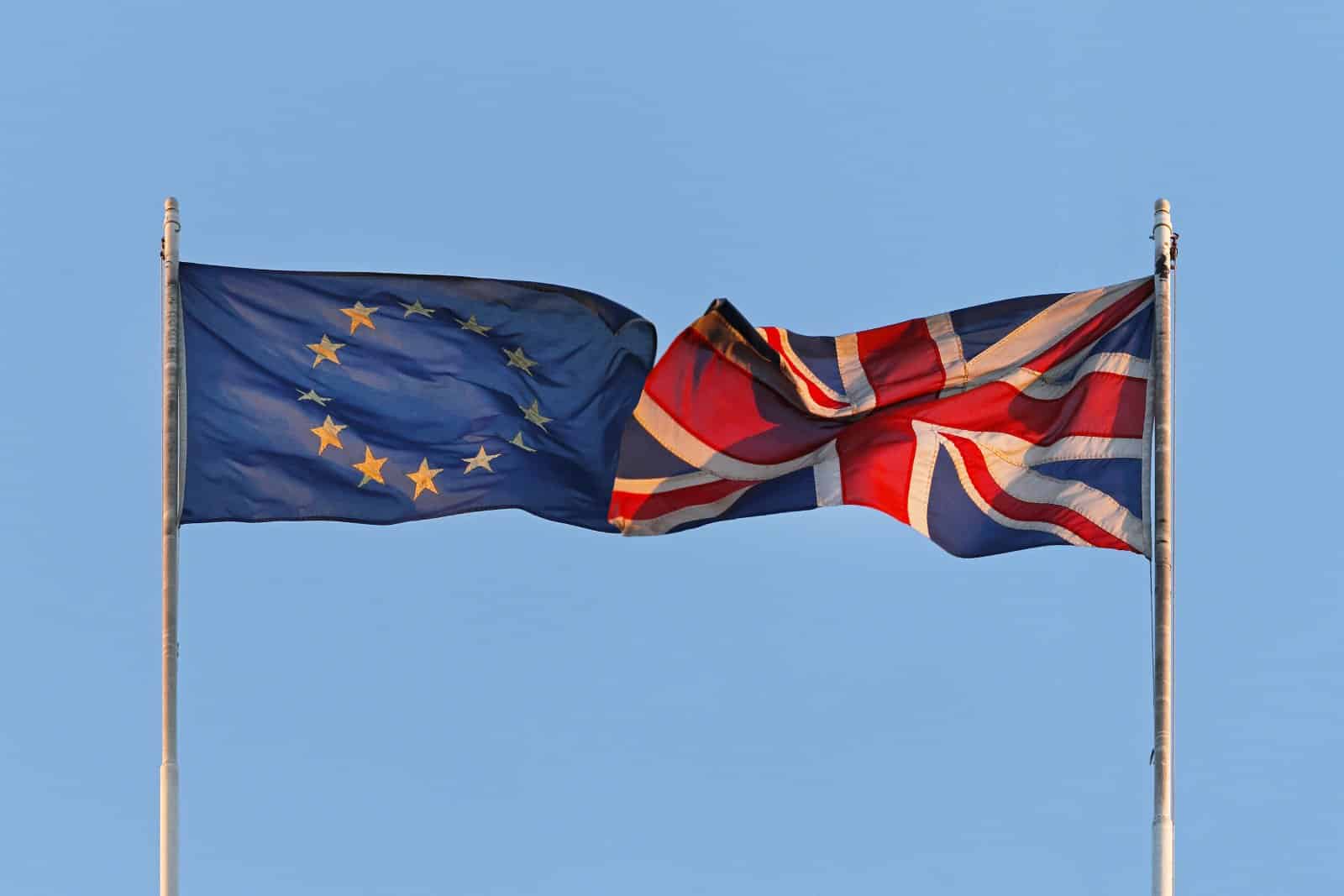
Member states increasingly prioritise national interests over collective EU policies. This trend threatens the fundamental principle of European unity.
17. Aging Population

An ageing population places additional strain on EU economies and social systems. The bloc struggles to implement effective policies to address this demographic challenge.
18. Tech Talent Shortages

The EU faces a significant gap in tech talent, impacting its competitiveness in global technology markets. Efforts to bridge this gap have been slow and insufficient.
19. Cultural Conflicts
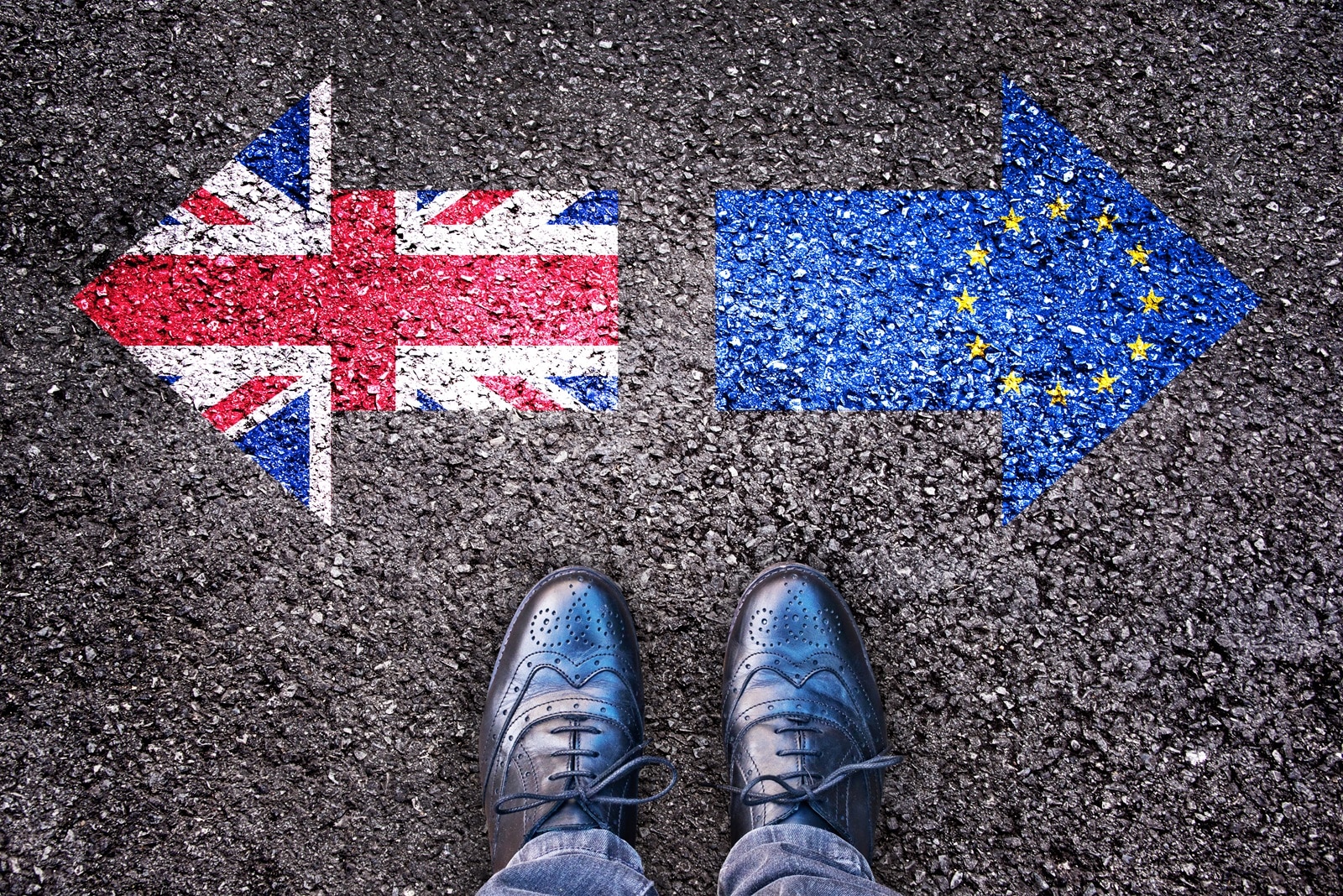
Diverse cultural perspectives continue to challenge the EU’s efforts to form a unified identity. These conflicts complicate integration and policy implementation.
20. Institutional Inertia

Complex bureaucratic structures slow down the EU’s decision-making processes. This inertia hinders swift action on urgent issues, affecting the bloc’s effectiveness.
Is the EU on Shaky Ground?
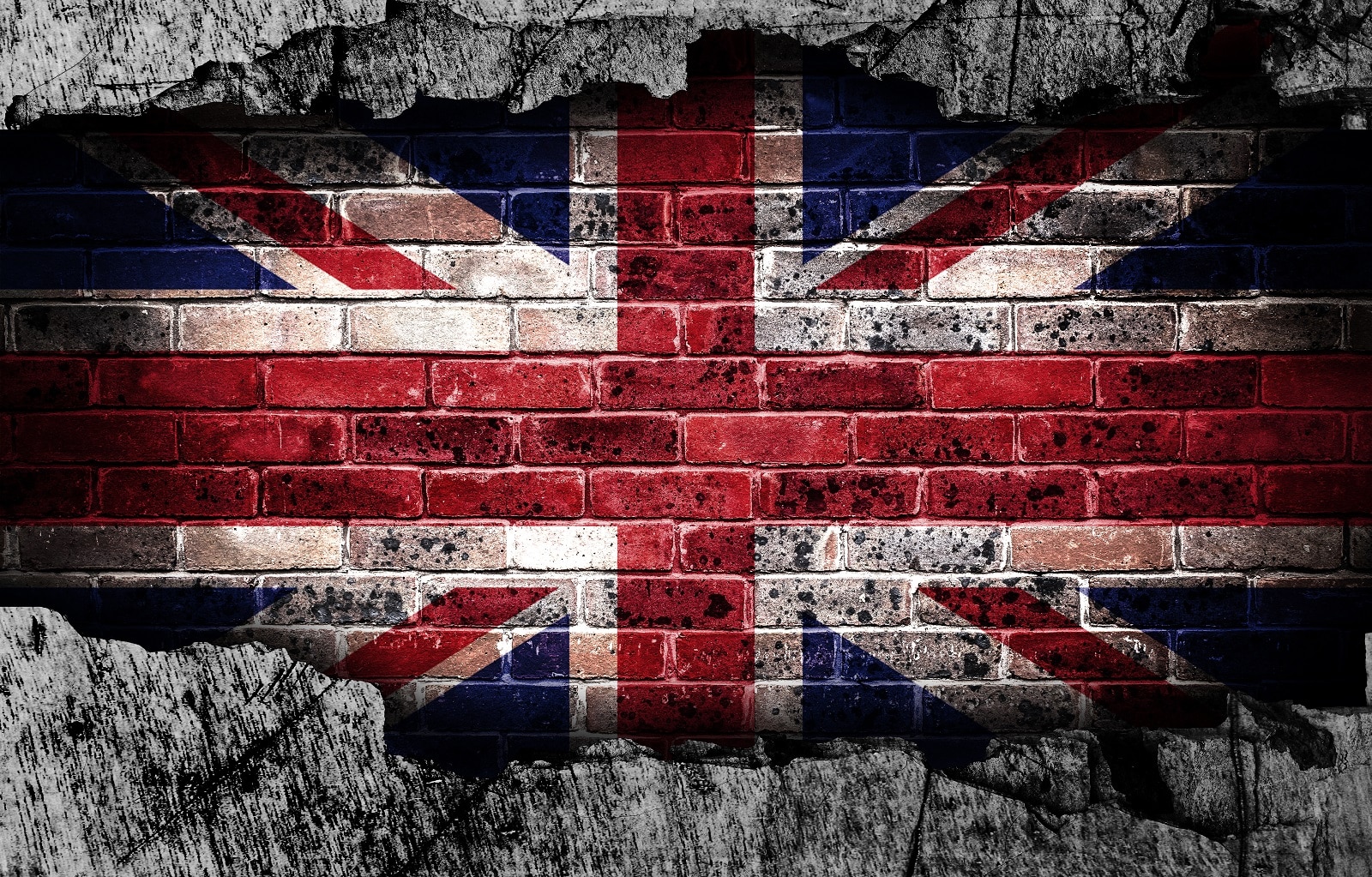
These issues highlight the numerous challenges facing the EU. While not on the brink of collapse, these cracks certainly test the resilience and adaptability of the union.
Featured Image Credit: Shutterstock / Francisco Duarte Mendes.
For transparency, this content was partly developed with AI assistance and carefully curated by an experienced editor to be informative and ensure accuracy.

